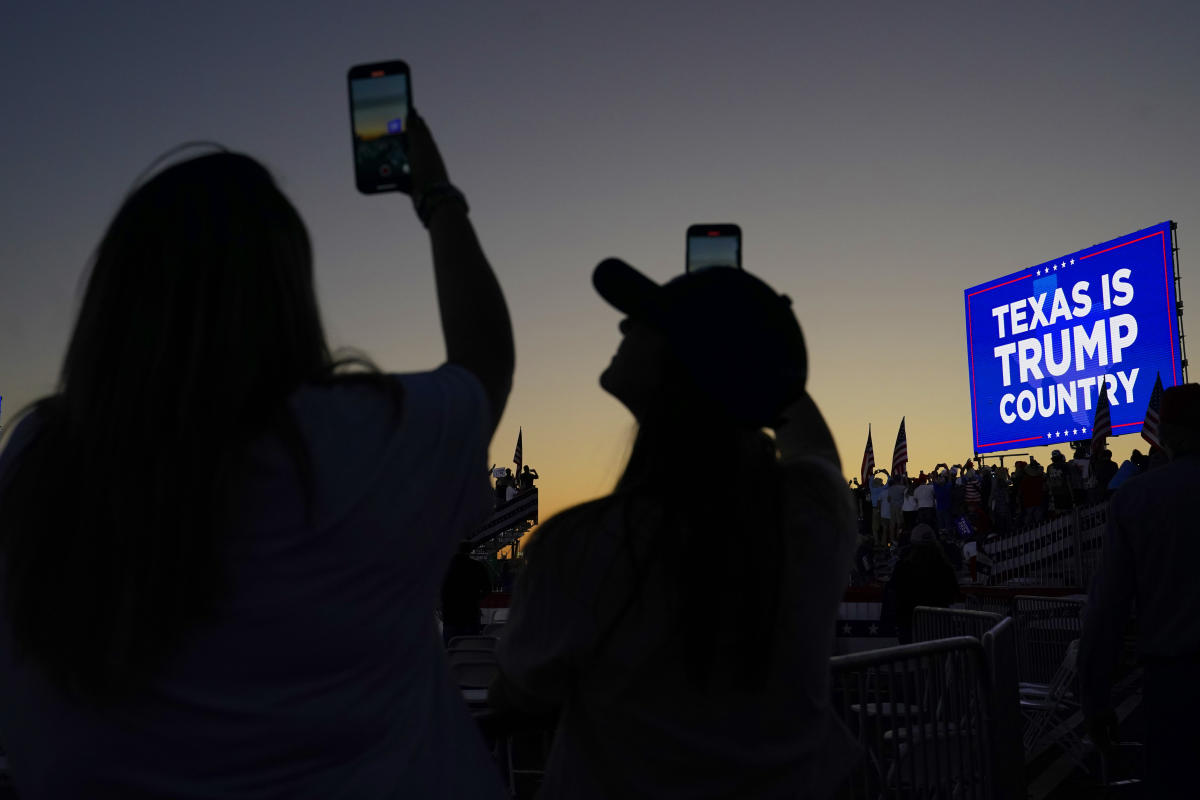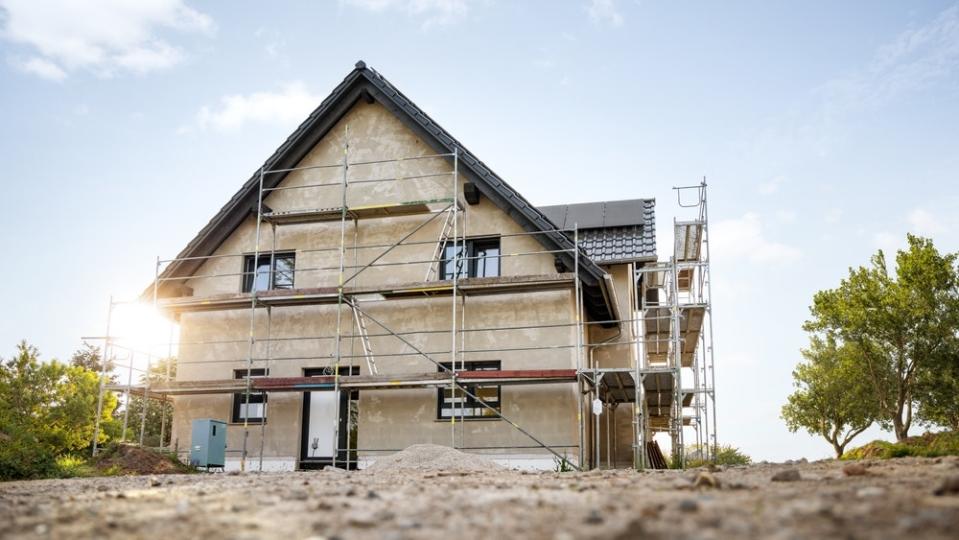For the Palm Beach Architectural Commission, a simple change in material could be all that’s standing between a project being approved or sent back to the drawing board.
That was the case for North End homeowners Manuel and Evan Castelo, who received the commission’s endorsement May 29 of a zoning-code variance to expand their property’s hardscape beyond the limits put in place by the town, after commissioners shot down a similar proposal in April. The Town Council must still approve the variance request.
The difference between the two presentations?
The proposal presented during the April 24 meeting tied the zoning-code variance to the installation of artificial grass, a nonstarter for commissioners, who feared setting a precedent of supporting zoning-code variances tied to the installation of fake grass.
Instead, when landscape architect Dustin Mizell of Environment Design group returned in May, he presented a site plan that expanded the backyard patio deck of the property on 1464 N. Ocean Blvd. onto the property’s northwest corner, as opposed to the previous site plan, which called for the installation of artificial grass.
Both proposals sought to create much-needed open space in the overly shaded backyard, where grass struggles to survive.
“I think you’ve looked and evaluated all the different things that can be done, and I think that this is a situation that no matter what you do, to have usable space, you’re going to end up with a variance,” Commissioner K.T. Catlin said during the May meeting.
Her colleagues agreed, with Alternate Commissioner Dan Floersheimer emphasizing the unusual hardships posed by the location and size of the lot. He also noted the large circular driveway the Castelos were forced to build because of the danger associated with backing out onto North Ocean Boulevard near its intersection with Onondaga Avenue.
“If you had just had that original (singular) curb cut, there would be no variance,” Floersheimer said.
The commission’s backing brings the couple one step closer to closing out a code-enforcement violation over the installation of unpermitted fake grass.
Code violation kicked off couple’s bureaucratic journey
As recent newcomers, the couple had bought the lot, which measures a little less than a quarter-acre, in 2020 for about $2.3 million while they still lived in California. By the time the house was completed in 2023, the grass planted on the property’s backyard and side yards was struggling to thrive, Manuel Castelo said during the commission’s April meeting. Adjacent houses and their mature foliage keep much of the property in shade, he said.
After replacing the section of grass several times, their original landscaper had recommended installing artificial turf, said the couple’s attorney, John Eubanks, during the April meeting.
Having previously resided in California, the Castelos were unaware of the town’s stringent laws governing fake grass, Eubanks said, noting that the Golden State incentivizes the use of artificial turf for water conservation.
In October, code-enforcement officers were alerted to the unpermitted installation and issued a stop-work order, code enforcement officer John Moriarty said during the Code Enforcement Board’s January meeting. The board levied a $150 administrative fee and ordered the Castelos to come into compliance by April 15.
However, the Castelos’ proactivity and close communication with code enforcement officials, led the code board in April to give the couple until July 17 to come into compliance. After reducing the use of artificial turf to just below 5% of the property’s space, the project was presented to the Architectural Commission during its April meeting.
Though the commission has a history of denying property owners’ requests for artificial turf, often criticizing it as unsightly and unsustainable, some commissioners — including Floersheimer and Caitlin — said they weren’t completely against the installation of artificial turf in specific circumstances.
But commissioners spoke as one when it came to the zoning variance, stating they couldn’t support setting a precedent of approving variance requests tied to the installation of fake grass.
When the project returned in May, practically all the artificial turf had been removed, in favor of expanding the backyard’s patio onto the northwest corner where grass refused to grow, Mizell said. He said artificial turf will be placed only as minor detailing between the tiles on the patio’s south and northeast corners.
Influenced by comments from Commissioner Betsy Shiverick during the April meeting, the northwest corner also will feature a small garden, he noted.
There also are plans to replant grass on the property’s side yards alongside gravel paths that will lead to the front yard.
Commissioners praised Mizel and the Castelos for incorporating the board’s advice, noting that they were much more comfortable voting in support of a variance tied to an expanded patio space rather than artificial turf.
The commission voted 6-1, with Chair Jeff Smith casting the nay vote, to approve the project’s design. The board voted along the same lines in support of the zoning variance. The variance request will be heard at the Town Council’s June 12 development review meeting.
The Architectural Commission is generally tasked with approving the look of all architecture in town, with the exception of projects involving historic buildings overseen by the Landmarks Preservation Commission.
Diego Diaz Lasa is a journalist at the Palm Beach Daily News, part of the USA TODAY Florida Network. You can reach him at dlasa@pbdailynews.com.
This article originally appeared on Palm Beach Daily News: Palm Beach board OKs couple’s request after switch from fake grass
Signup bonus from




